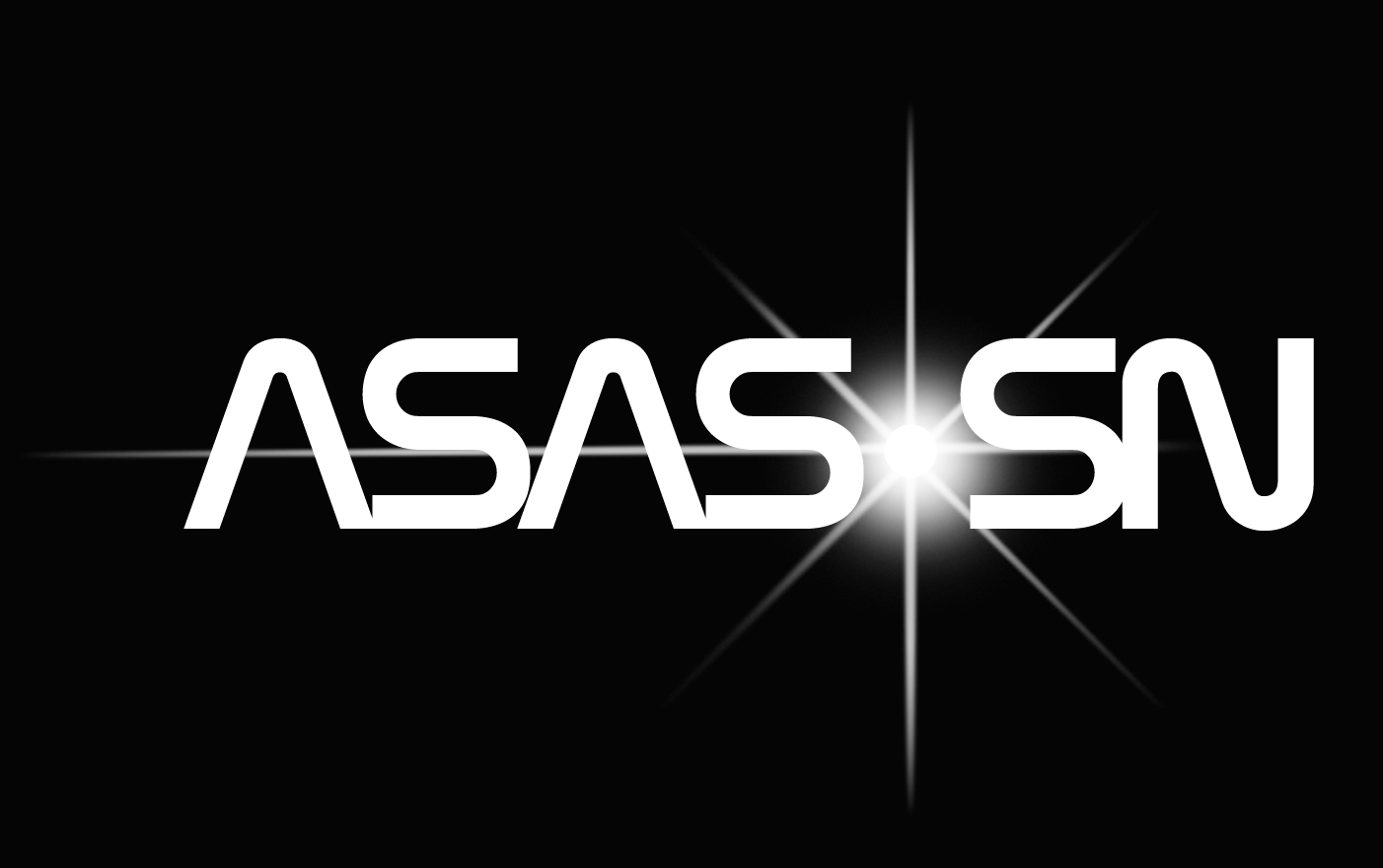
Assassin Picture of the Week
 | APOW Assassin Picture of the Week |
Host Galaxies of ASAS-SN Supernovae
|
A major goal of ASAS-SN is to make a complete census of bright supernovae, so from the beginning our strategy has been to observe the sky in a ``galaxy-unbiased way''. We want to find all SNe above a certain brightness, whether they happen in a well-monitored, nearby Messier galaxy or a tiny, uncatalogued, dwarf galaxy. Here we show archival SDSS images of host galaxies for eight of the Type Ia SNe discovered in 2013 by ASAS-SN. The images are sorted by the luminosity of the host galaxy (from less to more luminous) and are centered on the supernova position. Even this initial, small sample of Type I discovered by ASAS-SN shows a significant diversity of host galaxy luminosity and type, and also supernova location within the host. Obtaining a galaxy-unbiased sample of nearby supernovae with ASAS-SN, both core-collapse and Type Ia, is particularly valuable because we can easily obtain the photometric and spectroscopic data needed to study the properties of these host galaxies both globally and local to the SN site. |
Back to ASAS-SN page.
See previous APOWs:
Back in Real-Time Discovery Business!
Active (Some Less, Some More) Galactic Nuclei with ASAS-SN
Swift
Ultraviolet and Optical Follow-Up of ASASSN-13dl, Our Latest
Supernova
Dramatic AGN Outburst in NGC 2617
Two ASAS-SN Views of Orion Nebula
AAVSO Observations of Cataclysmic Variable ASASSN-13ck
Two ASAS-SN Supernovae in One Day!
Extreme M-dwarf Flare Observed by ASAS-SN;
Multiband photometric follow-up of ASASSN-13aw (SN 2013dr);
How ASAS-SN Discovers Supernovae: Case of Supernova ASASSN-13bb;
NGC 2617: Dramatic Seyfert Type Change;
ASASSN-13/SN 2013da: Our First Supernova Three Weeks Later;
This homepage is maintained by Ben Shappee, Tom Holoien and Kris Stanek.
Updated Thu Jan 9 15:01:05 EST 2014